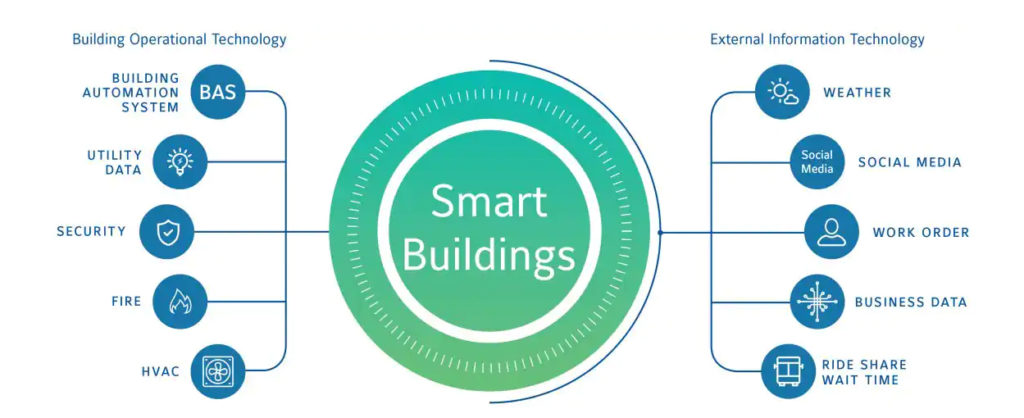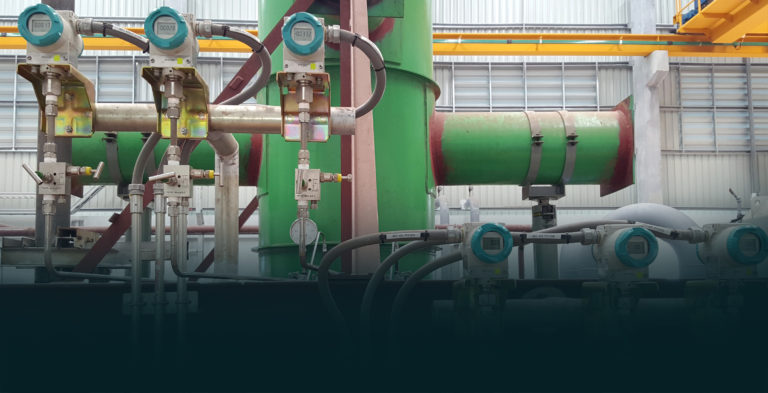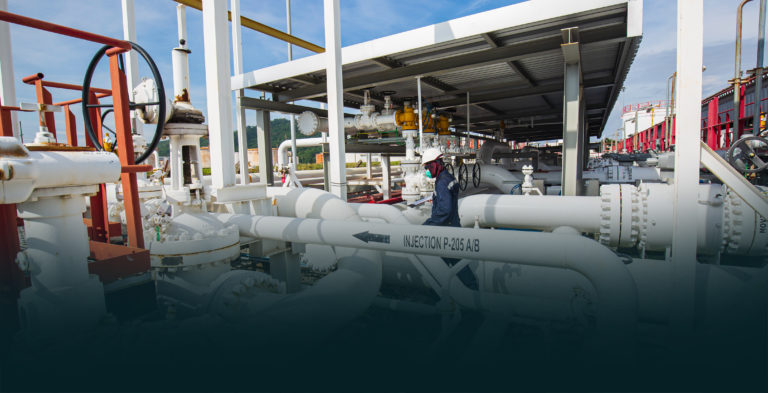Advanced Non – Destructive Testing is a type of mechanical testing which is widely used in Automotive, Construction, Oil and Gas and in almost all mechanical industries to find out the defects and other imperfection in the materials. Non-Destructive Testing can be Conventional and Non-Conventional.
Conventional NDT Comprises of Visual Testing (VT), Dye Penetrant Testing (DPT), Magnetic Particle Testing (MPT), Ultrasonic Testing (UT), Radiographic Testing (RT), Radiographic Film Interpretation (RTFI). Conventional NDT Methods are widely used in checking the surface and subsurface defects in the materials. Nowadays, Advanced NDT methods are developed based on the conventional techniques and it is gaining popularity in Mechanical industries.
Advanced NDT Methods or Non-Conventional Methods are overtaking conventional methods due to its time saving and efficiency in finding defects.
Advanced method comprises of Eddy Current Testing (ECT), Phased Array Ultrasonic Testing (PAUT), Time of Flight Diffraction (TOFD), Internal Rotary Inspection System (IRIS), Electromagnetic Acoustic Transducer (EMAT), Pulsed Eddy Current testing, Tube Inspection Techniques and many more. We will have an overview about some of the Advanced Methods.
Phased Array Ultrasonic Testing
Phased Array Ultrasonic Testing is an advanced Non-Destructive Testing Method which is derived from Ultrasonic Testing. In PAUT we use a set of probes which are made up of crystals, each of which is pulsed with computer-calculated timing. The word ‘phased’ refers to timing and the term ‘array’ refers to the multiple elements. It produces ultrasonic sound beams which can be steered, scanned, swept, and focused electronically for quick inspection. This technique is used to detect defects which cannot be easily found with conventional non-destructive testing methods.. It is combined with TOFD (time-of-flight diffraction) since the modern acquisition units and scanners can accommodate both methods simultaneously.
PAUT can be operated manually, semi automatically and automatically. PAUT will give us detailed and accurate cross-section of a part. In PAUT we can sweep the beam without moving the probe so it is having wider application where mechanical scanning is not possible. We can obtain immediate result in PAUT. PAUT is having wider application in fabricated piping and pressure vessel welds. The defect images obtained with multiple angle and beams gives you a more accurate result than basic Ultrasonic testing. It is also used in Corrosion mapping application with Wheel mounted linear array probes.

Advantages
- High speed inspection
- Better for Inspecting of highly complex parts
- Multiple beam from single probe
- Good for detecting defects in Austenitic Stainless Steels and dissimilar welds
Application
- Weld Inspection of complex geometry
- Better for Erosion and corrosion mapping
- Inspection of Piping and Pressure Vessel Welds.
- Code case inspection in combination with Time-of-Flight Diffraction
Time Of Flight Diffraction (TOFD)
TOFD is an advanced method based on normal conventional Ultrasonic Testing. TOFD uses diffracted sound initiating from flaw tip to quantify defects. Defects can be detected irrespective of their type and orientation. Two probes are used in TOFD one for transmitting the sound and the other one for receiving the sound which is placed on either side of the weld. In PAUT a longitudinal sound beam is transmitted into the material and a part of this sound beam will get reflected or diffracted by any disturbances or defects along its path before it reaches the receiver. It provides wide coverage of area. The probes will be moved in parallel motion along the weld. The obtained waveforms will be digitalized and stored on a hard disk and will be displayed on video -screen as grey scale image. We will obtain an image which displays cross – sectional view of weld. This is used in obtaining accurate measurements and detection of defects.

Advantages
- It detects size of the cracks, lack of fusion, slags
- It Complements PAUT
- It provides rapid scanning and Image with full data recording
Application
- It is used for Welds, Forged and Wrought Parts.
- It is used in Weld Inspection of Pipelines, Pressure Vessels, Storage tanks
- It is used in Pre Service and In -Service inspection
- It is used for Detecting Corrosion underneath the reinforcement rings of Nozzles
Scope Of Jobs
- PAUT and TOFD Technicians jobs are widely available in OIL and GAS field especially in the inspection of Welded Pipelines.
- PAUT jobs are available in Automotive industries
- PAUT and TOFD technicians are required in Shut Down Works.
Eddy Current Testing
Eddy Current Testing (ECT) is one of the powerful NDT Technique based on Electromagnetic Induction used for detection of Flaws. For the inspection of Tubes, Bobbin Type Probes are used. It is one of the main method used in detecting flaws in conducting materials.
ECT is based on the principle that defects such as crack will disrupt the flow of eddy current and that signal will be captured on the screen.

Advantages
- Sensitive to find Surface Defects
- Can Detect through several coatings and layers
- Can be Automated
Application
- IECT is used for detecting Cracks and other surface defects in non-ferromagnetic material
- ECT is used for detecting Paint Coating Thickness
- ECT is used for determining the Conductivity of the materials
Scope Of Jobs
- ECT jobs are widely available in Automotive industries
- ECT jobs are available in Oil and Gas sector
- ECT jobs are available in Aerospace Industries

Department: Oil & Gas
Linkedin: https://www.linkedin.com/in/amal-r-kurup-5025208a/
SMEClabs Oil & Gas Division




































